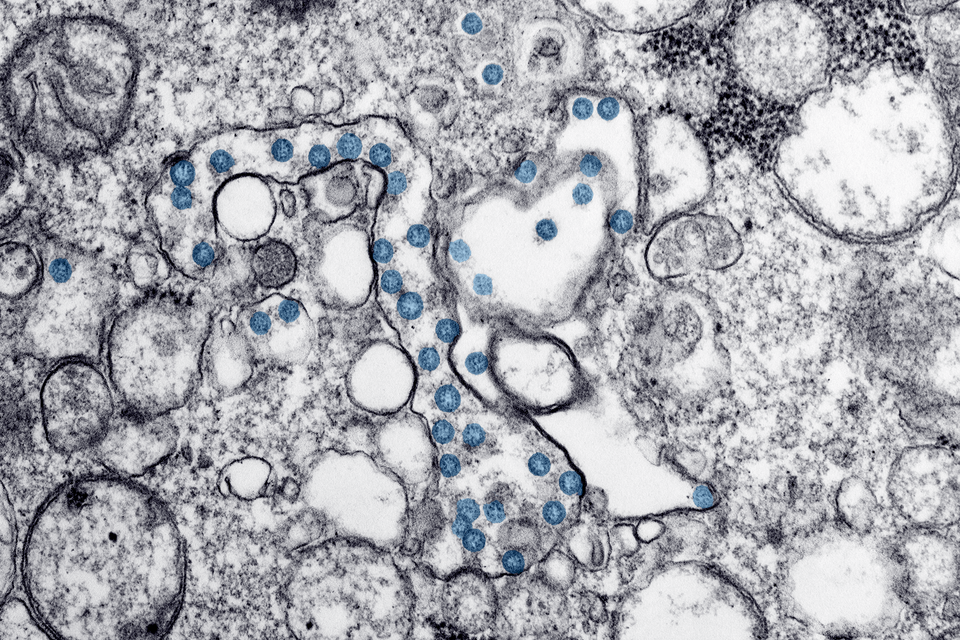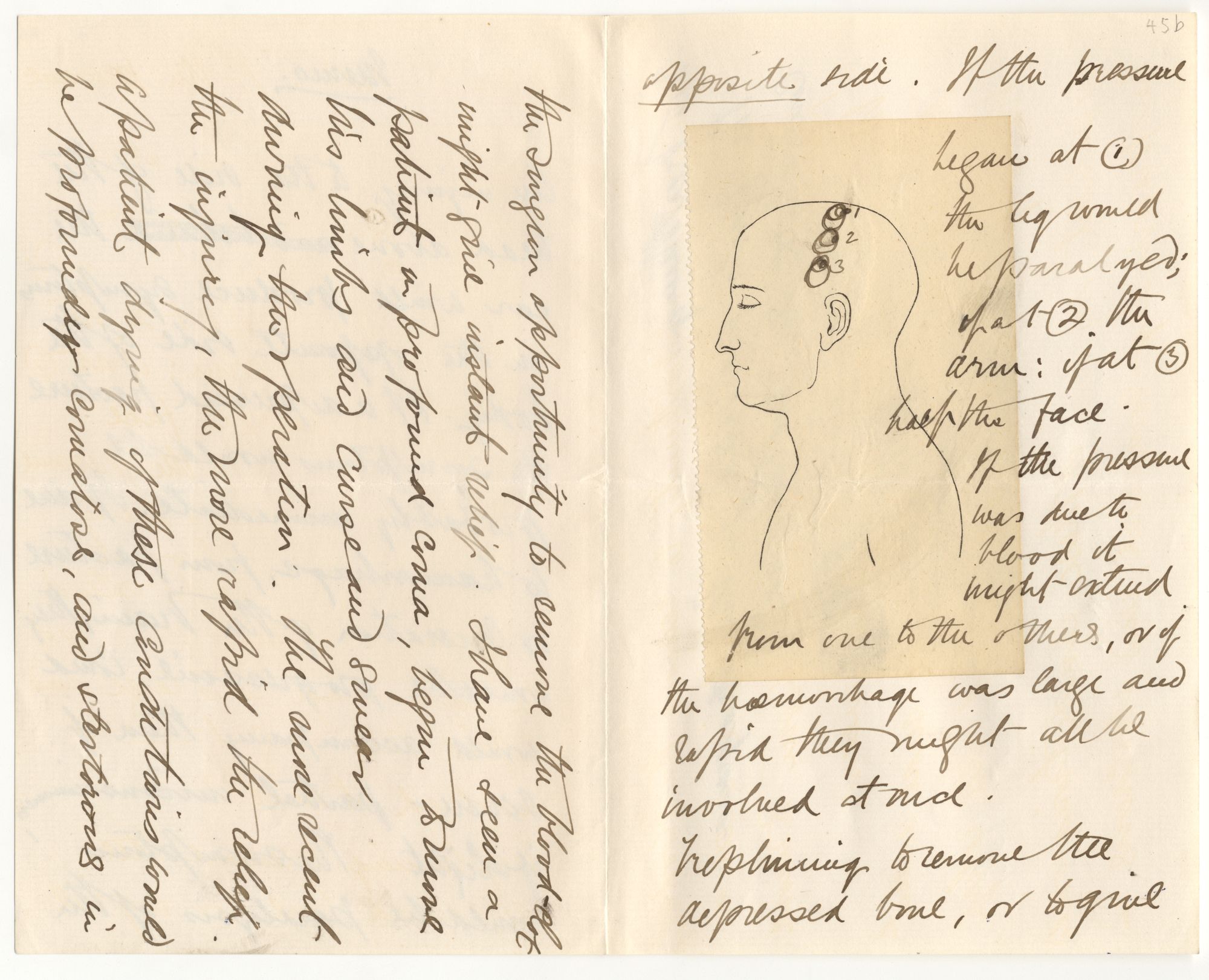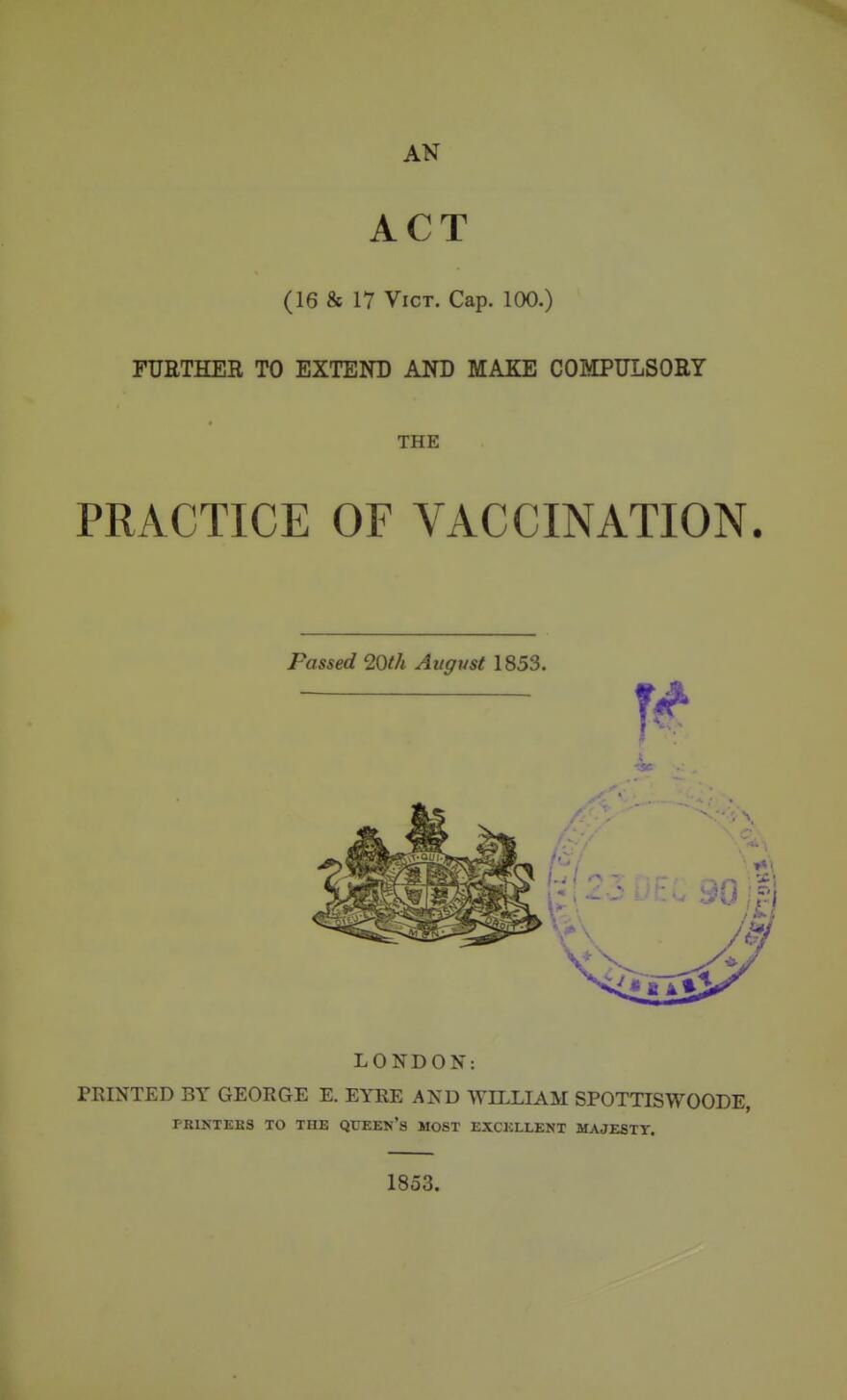How a pandemic made Dracula more relevant than ever

In a dramatic scene halfway through Bram Stoker’s Dracula, Arthur Holmwood leans down to give his fiancée, Lucy Westenra, one final kiss. For several torturous nights, the young woman has been having her blood drained by a mysterious force; now she's on her deathbed. But before Arthur can kiss his beloved goodbye, the doctor Abraham Van Helsing intercedes and hurls him across the room, aware that anyone who touches Lucy risks catching whatever horror has afflicted her. Van Helsing’s instinct is vindicated a moment later as a “spasm as of rage” crosses Lucy’s face and the dying woman starts to gnash her unusually sharp teeth — the first signs of her transformation into a fully-fledged vampire. A moment later, Lucy returns from the un-dead and thanks Van Helsing for protecting her fiancé.
Vampirism, as Lucy's untimely demise makes clear, is more than an eldritch curse. It’s a disease, one that spreads via contact between the sick and the healthy, not unlike the viruses scientists were just beginning to discover as Stoker was drafting his groundbreaking Gothic horror novel in the 1890s. In fact, Dracula is so rich in references to 19th century medicine and the fast-evolving science of infectious disease that one scholar described it as “the most significant fictional intervention in the 19th century’s debates” on how contagions spread.
But Dracula isn’t just a window into arcane medical disputes: It’s also a primer for understanding many aspects of our modern relationship with disease, from the anti-vax movement to how pandemics stoke xenophobia and racism.
“When you think about how people have spoken about covid, calling it by the country from which it comes to our shores as though it's some kind of invader, this is so in keeping with Stoker’s way of thinking about Dracula,” Judy Guston, the curator and director of collections at The Rosenbach museum in Philadelphia, told The Science of Fiction. A historic house and rare book exhibit, The Rosenbach is home to many of Stoker’s original notes on Dracula, which reveal how the writer integrated medical science into his novel.
As Stoker was writing Dracula, debates over the nature of disease were reaching a fever-pitch in Victorian England. Miasmatism, the popular notion that sicknesses came from foul smelling air, was starting to give way to germ theory, which holds that living microorganisms are responsible for disease. While Stoker worked in the world of theater, he came from a family of doctors, giving him an unusual amount of access to cutting edge medical knowledge. His eldest brother, William Thornley Stoker, was a celebrated brain surgeon; another brother, George Stoker was a physician at the theater Bram Stoker managed. His uncle William Stoker helped organize Dublin’s Fever Hospital, which played a key role in managing infectious disease outbreaks in Victorian Ireland.
“There definitely was a medical influence in the family,” Travis Lau, an assistant professor of English at Kenyon College who studies the intersections between literature and medicine, told The Science of Fiction.
You can see evidence of that influence in Bram Stoker’s notes for Dracula, which include a memo written by his brother William Thornley Stoker describing a head trauma and noting trephination — a controversial procedure in which a hole was drilled in the skull to relieve pressure — as a treatment. The memo appears to directly inform a scene in Dracula in which Renfield, an asylum inmate who turns out to be under the influence of Count Dracula, injures his head and is subsequently treated using a surgical technique to “reduce the pressure.”

Many other ideas in the novel seem to have been influenced by Victorian notions of infectious disease. Vampirism is clearly a contagion that can spread through a population, like smallpox, cholera, and a host of other illnesses that 19th century Londoners would have been unhappily familiar with. But does the illness spread miasmatically, via contaminated environments and foul vapors, or through disease causing microbes similar to those that scientists like Louis Pasteur and Robert Koch were discovering and documenting in the late 19th century?
At times, Stoker seems to suggest both. He describes Count Dracula’s Transylvanian tomb as giving off “a deathly, sickly odor", while his lair in Carfax Abbey emits an “earthy smell, as of some dry miasma, which came through the fouler air.” But if Dracula inhabits the sort of miasmatic underworld that would have been rife with disease in the Victorian imagination, his affliction spreads more like a virus does, via contact and blood transfer between the sick and the healthy. Dr. Van Helsing’s attempts to treat Lucy Westenra — Dracula’s first victim following his arrival in London — by placing garlic, a known anti-septic, around her bedroom, might have been considered an appropriate response to a microbial disease. (Modern readers might also note that Dracula, like a virus, is not quite alive but also not quite dead.)
“Dracula examines the shift toward germ theory in its portrayal of the vampire and in its construction of the opposition to vampirism by the text’s scientific authorities,” English literature scholar Martin Willis wrote in a 2007 academic paper on Dracula and disease. “The novel also clearly draws on contemporary disagreements over the sources of contagion and the etiology of infectious disease, most effectively in its lengthy evocation of Lucy Westenra’s treatment.”
Eventually, Lucy succumbs to her illness and is transformed into a vampire herself. In her undeath, she becomes the “bloofer lady,” a night creature who preys on small children. Lau sees Lucy’s transformation as the perfect metaphor for another major medical controversy in the Victorian era: vaccines.
In the late 18th century, English doctor Edward Jenner developed the scientific basis for a smallpox vaccine. By the 1850s, compulsory smallpox vaccination was being introduced in England, prompting an immediate wave of public backlash and the formation of several anti-vaccination groups. By the late 19th century, the anti-vax movement had become a powerful force in Britain. Protests against compulsory vaccination were getting “increasingly aggressive and tense,” Lau says, with parents organizing marches and parading children around cities who they believed had been injured by vaccines. Anti-vaccination pamphlets often described those in favor of vaccines and those who administered them as literal vampires who preyed on the innocent, turning them into something monstrous.
“So much of Victorian and 19th century anti-vax propaganda depended on this central image of a predatory vampire who would essentially threaten the well-being and life blood of children,” Lau said. “And we see that quite literally play out in the figure of the bloofer lady who Lucy becomes after she becomes infected by Dracula. She quite literally targets children.”

Dracula himself can be read as the embodiment of another emerging public health concern of the late 19th century: the harmful impacts of globalization. The Count, after all, is an invader from the distant land of Transylvania. In order to rid Britain of his presence, the novel’s heroes ultimately must destroy each of the boxes of native soil he has stashed in lairs across England. Guston says this speaks to the "biological reality" that late 19th century British imperialism was spreading foreign animals and diseases around the world, wreaking havoc on local fauna.
Of course, as a foreigner who infects Britain with his evil by spreading tainted blood, it’s not hard to also see Count Dracula as an allegory for Victorian xenophobia and racist beliefs about the superiority of “pure” English blood.
“The fantasy of pure British whiteness and pure blood was increasingly being revealed as fantasy” by the late 19th century, Lau said. “So I think this novel almost invites that kind of reading, especially given the ways in which Dracula performs British whiteness at first and is revealed to be everything that is counter to that.”
All of these themes make Dracula feel surprisingly relevant a year into the coronavirus pandemic. Over the last year, the U.S. has seen an alarming rise in anti-Asian discrimination and hate crimes that's been linked to how conservative politicians and pundits, most notably the former U.S. president, have repeatedly blamed China for the virus. And even as millions of Americans are now getting vaccinated every day, the mass vaccination campaign against covid-19 has been accompanied by a surge of misinformation and fear mongering about vaccine safety.
“In many ways, I see the exact same fears in Dracula being worked out now through the racialization of covid-19, in which covid-19 is presumed to be the cause of a singular group,” Lau said. “And I think that is exactly what the novel does, where it tries to locate the origins of disease and vampirism to Dracula alone. It just really, really seems clear to me the racialization of something like the pandemic is nothing new.”
Indeed, what’s perhaps most striking about the medical underpinnings of Dracula is not how backward Victorian disease science was. It’s how little the fears and anxieties that shape our collective response to contagions have changed over the last 120 years.
Top image: An electron microscopic image from the first U.S. case of COVID-19. Spherical viral particles are colored blue. Credit: Centers for Disease Control.